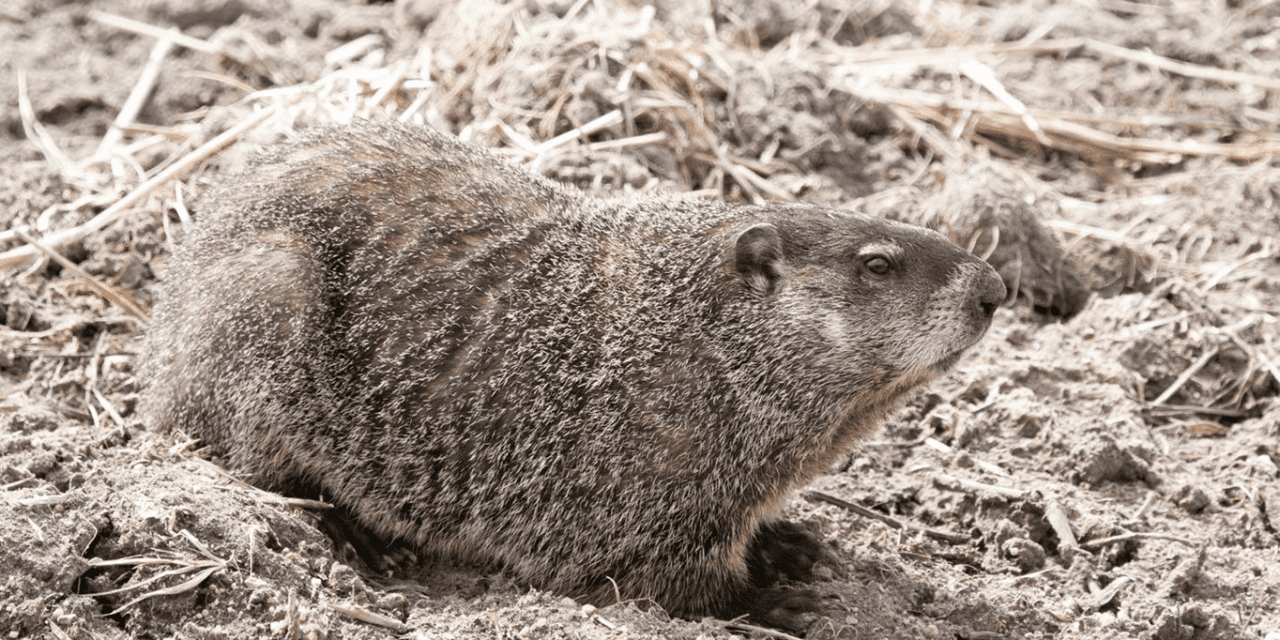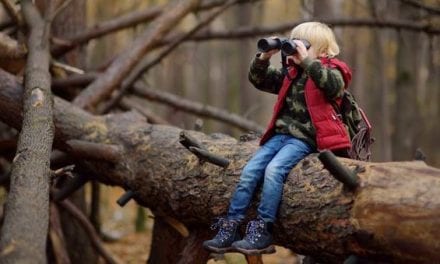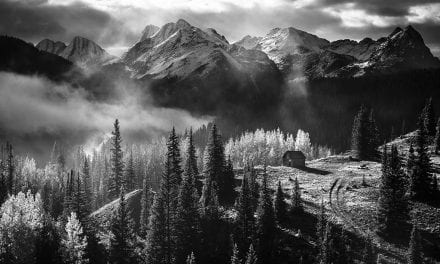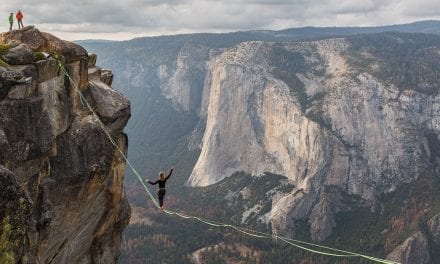Look Out Nebraska!
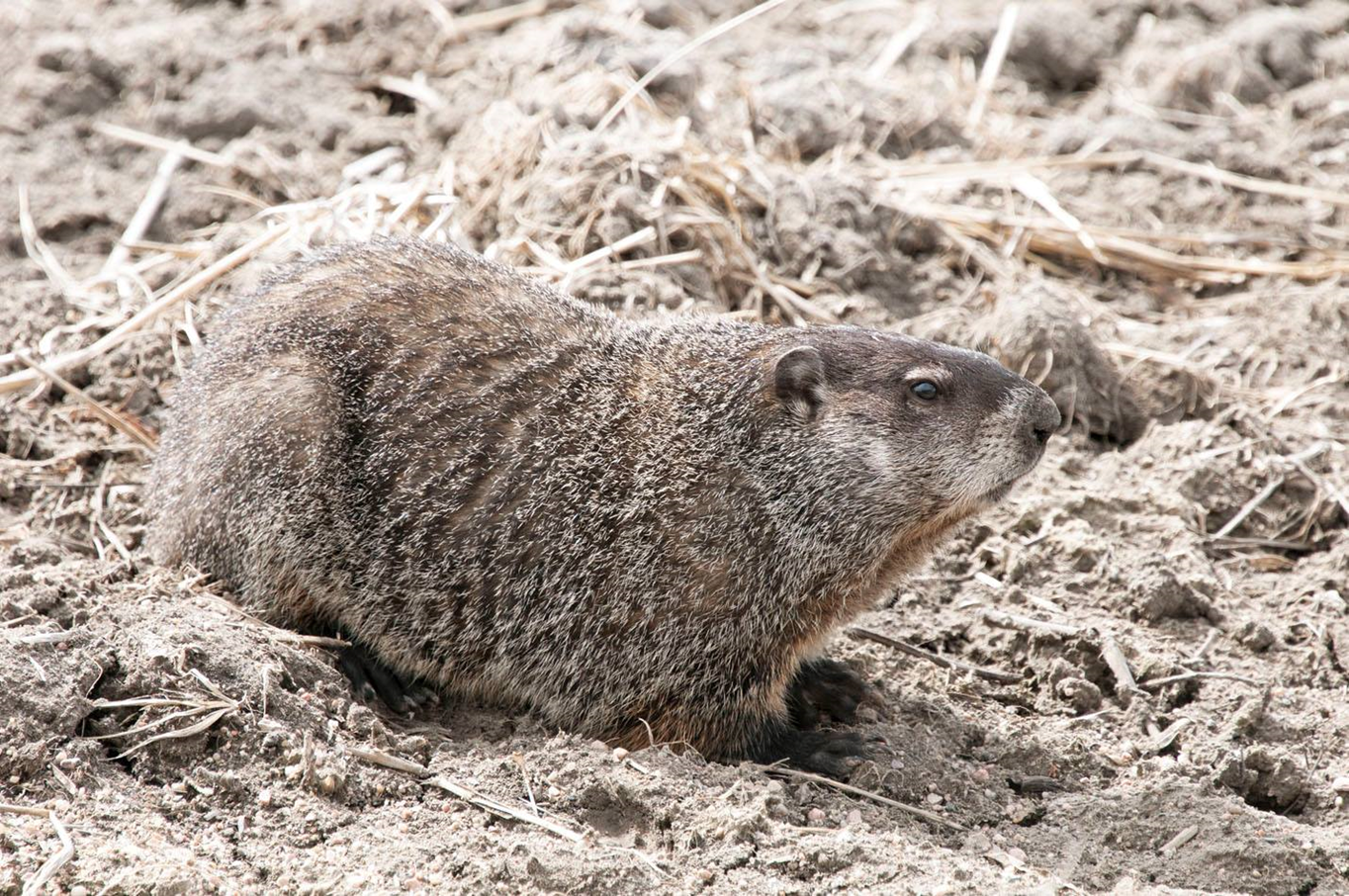
Story by Keith Geluso.
Groundhogs, whistle pigs or woodchucks are all synonymous with a large squirrel commonly active during the day and seen frequently on the edges of woodlots, rivers, streams, fields and even in backyards across eastern parts of the United States. Punxsutawney Phil of Pennsylvania is likely the most famous woodchuck of all, and along with other individuals from the Eastern United States, supposedly predicts the length of winter based on seeing its shadow (or not) on Groundhog Day, the 2nd of February each year. This past winter, however, we all know that the groundhogs back East did not predict the length of winter here in Nebraska, as snow cover and cold temperatures extended well into March.
Until recently, many folks in Nebraska likely were unfamiliar with this species in the Cornhusker State. That is, sightings of woodchucks in much of the state are rather recent occurrences, unless you live in eastern Nebraska. As a kid in the 1970s and 1980s, I remember seeing a few individuals on the outskirts of Omaha, with one even taking up residence under a shed in our backyard in town.
Woodchucks literally have been on the move in Nebraska, advancing westward across the state to almost now Colorado, where the related cousin, the yellow-bellied marmot, resides at high elevations in the Rocky Mountains.
Researchers have continued to plot this westward advancing front. In the 1960s, woodchucks lived in only the eastern quarter of the state, not much farther west than York. However, by the late 1990s and early 2000s, woodchucks reached central parts of the state.
In 2018, my students and colleagues at the University of Nebraska at Kearney, including assistance from many private residents and Nebraska Game and Parks Commission conservation officers and wildlife biologists, once again updated the whereabouts of woodchucks across Nebraska. We were surprised to learn that woodchucks are now as far west as Ogallala in Keith County and are quite common throughout all of central Nebraska. We calculated that woodchucks colonized the central and western parts of the Platte River at about 6 miles (10 km) a year since about 2000. We did not see as extensive movements along the Republican or Niobrara rivers, but we might learn even more about the distribution of this large squirrel by Nebraskaland readers. We also learned that woodchucks are at times a nuisance species in places where they now occur in the state, as they tend to like gardens, outbuildings and crop fields. Although reported as troublesome, woodchucks dig extensive burrows that, in turn, create habitats for river otters, raccoons, mice, snakes, birds and more.
Other woodland mammals, too, have been moving westward across the state, including eastern fox squirrels, white-footed mice, opossums and a number of bat species. Why the shifting distributions? The former treeless prairies of the Great Plains were once a barrier to such tree-loving species found in eastern parts of the state. Large-scale changes to our prairie rivers (flood control and installation of bridges) and changes to grassland ecosystems (loss of wildfires), as well as tree plantings associated with cities, towns, farms, ranches and shelterbelts all have greatly increased trees statewide. Since the early 1980s, forested areas have increased across the state. So watch out Nebraska. Don’t be surprised if woodchucks become a regular occurrence in your area of the state, if not already. ■
Dr. Keith Geluso is a professor of biology at the University of Nebraska at Kearney. If you have observed woodchucks in the unshaded areas below, please contact Dr. Geluso
(gelusok1@unk.edu).
The post Advancing Groundhogs appeared first on Nebraskaland Magazine.

